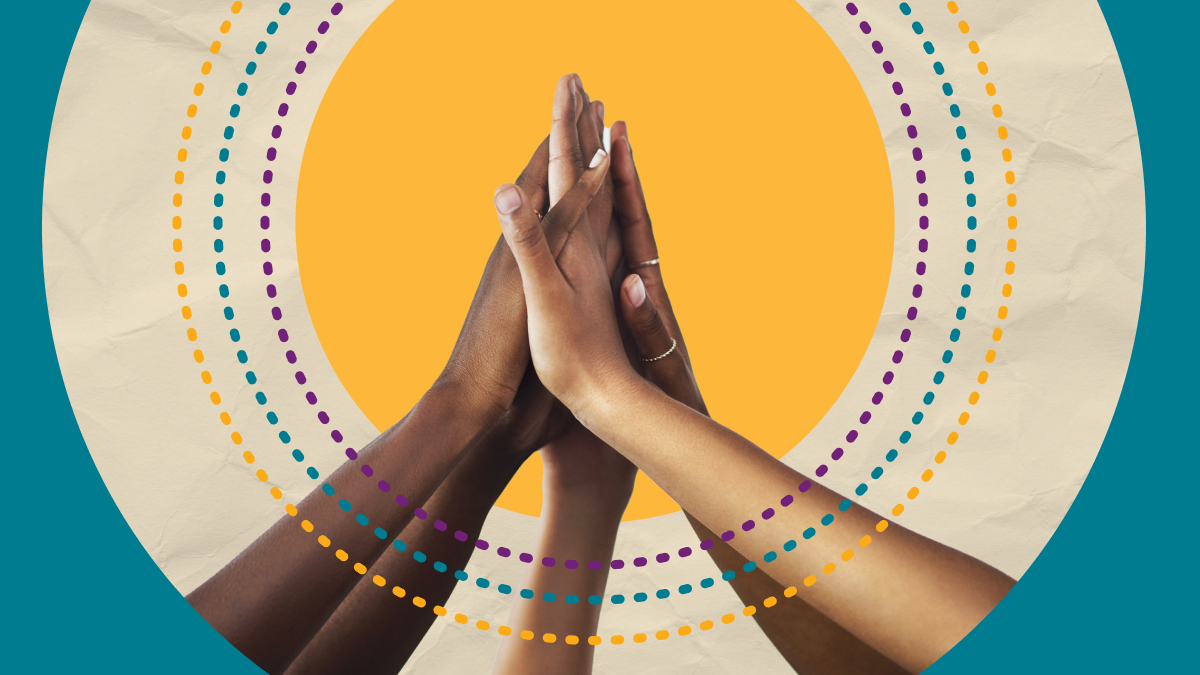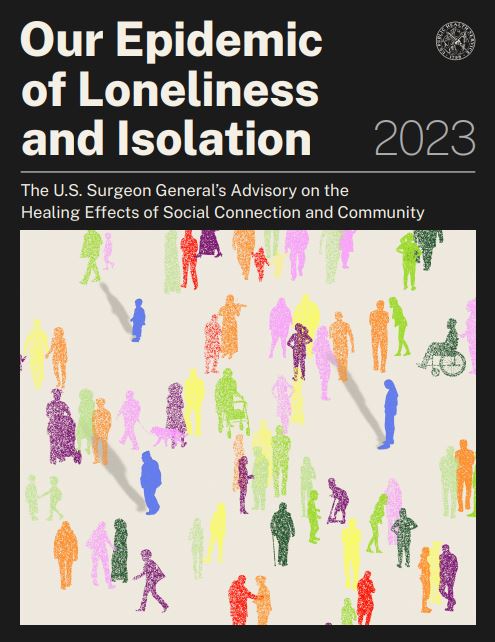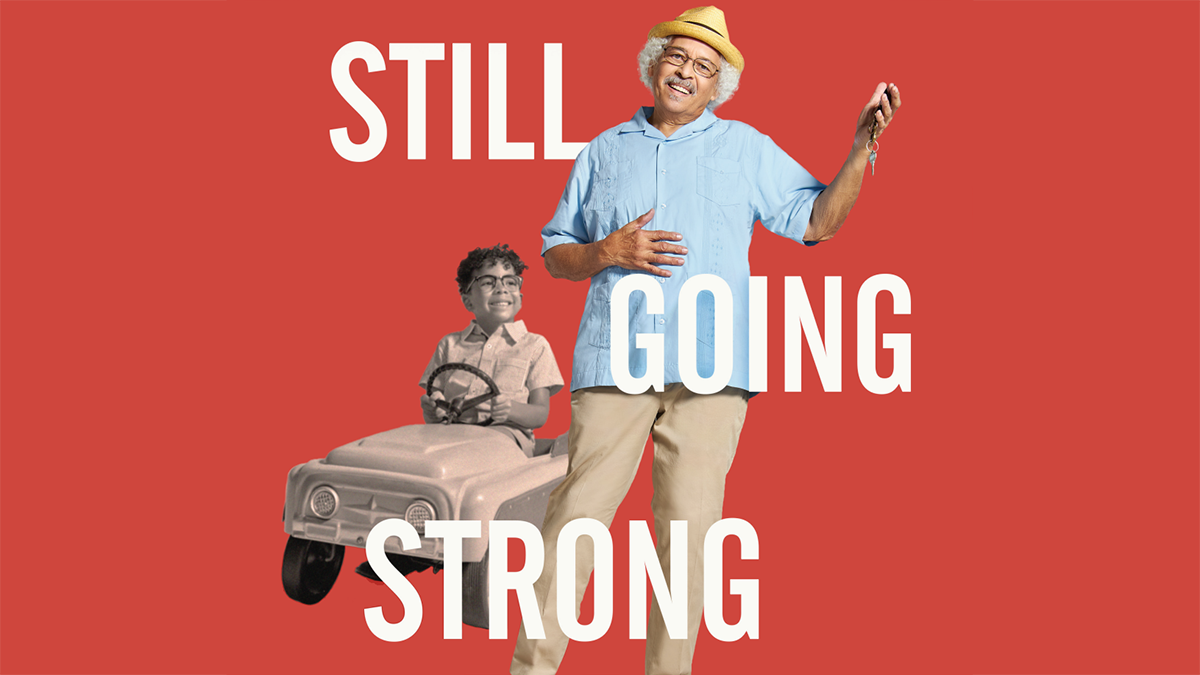About

What to know
- The majority of U.S. youth and adults say they always or usually get the social support that they need.
- Social connection is key to well-being and overall life satisfaction. Social connection is the size and diversity of one's social network and roles, the functions these relationships serve, and their positive or negative qualities.1
- Strong social connections can protect both mental and physical health. Social connections can help us live longer, healthier lives and reduce the risk of chronic disease, serious illness, and mental distress.1
Adult loneliness data
By state: Adults reporting loneliness
Percentage of adults by U.S. state or territory who always or usually felt lonely.
These percentages are classified into four groups: 0-25th percentile, 26-50th percentile, 51-75th percentile, and 76-100th percentile. The percentiles allow for comparison between states or territories.
Youth social and emotional support data
National: Youth receiving social and emotional support
Most recent 2021-2023 data show 58% or 3 in 5 U.S high school students felt they received the social and emotional support they needed.
Adult social and emotional support data
National: Adults receiving social and emotional support
Most recent 2021 data show 82% or 4 in 5 U.S. adults felt they received the social and emotional support they needed. The percentage was higher in 2021 than it was in 2020.
By state: Adults receiving social and emotional support
Percentage of adults by state or territory who always or usually received the social and emotional support they needed.
These percentages are ranked and classified into four groups: 0-25th percentile, 26-50th percentile, 51-75th percentile, and 76-100th percentile. The percentiles allow for comparison between states or territories.
Adult social activity data
National: Adults unable to participate in social activities due to health
Most recent 2023 data show 12% or 1 in 8 U.S. adults had difficulty participating in social activities due to a physical, mental, or emotional condition. Social activities included visiting friends, attending clubs and meetings, or going to parties.
Notice
CI = Confidence interval of 95% indicates that 95% of the time, the value is expected to fall within this estimated range.
For statistical tests used, refer to data notes.
Explore original data source tools

- Behavioral Risk Factor Surveillance System (BRFSS) Prevalence and Trends Tool displays data on health-related risk behaviors, chronic health conditions, and use of preventive services. Toggle within the State & Territories or the Data by Topic dropdown menus to view these measures.
- National Health Interview Survey (NHIS) interactive dashboard displays data on anxiety, depression, and mental health care. Toggle within the topic dropdown in the tool to view these measures.
- NHIS-Teen interactive dashboard displays data on stressful life events, mental health care, bullying, and social and emotional support. Toggle within the topic dropdown in the tool to view these measures.
- Youth Risk Behavior Surveillance System (YRBS) Explorer displays data on mental health, social and emotional support, bullying, racism, suicide, and social media use. You can select Other Health Topics and Unintentional Injuries and Violence buttons in the tool to view these measures.
- Centers for Disease Control and Prevention. (2024). Social Connection. Retrieved on March 3, 2025 from https://www.cdc.gov/social-connectedness/about/index.html
- Centers for Disease Control and Prevention. (2024). Health Effects of Social Isolation and Loneliness. Retrieved on March 3, 2025 from https://www.cdc.gov/social-connectedness/risk-factors/index.html



